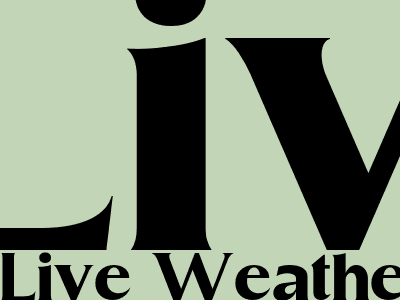Fascinating Live Weather Radar: A Comprehensive Guide to Tracking Weather Patterns
What is Live Weather Radar?
Live weather radar is an advanced meteorological tool that allows us to visualize and track the progress of precipitation and storms in real-time. It works by transmitting electromagnetic pulses into the atmosphere and analyzing the reflections from raindrops, snowflakes, and other airborne particles. This data is then processed to create detailed images of weather patterns, including their location, intensity, and movement.
Benefits of Using Live Weather Radar
Live weather radar offers numerous advantages for individuals and organizations. It plays a crucial role in: - Enhancing situational awareness during severe weather events, enabling timely warnings and emergency responses. - Providing accurate and up-to-date weather forecasts, helping us plan outdoor activities and make informed decisions. - Supporting scientific research, contributing to our understanding of weather phenomena and climate patterns.
How to Use Live Weather Radar
Using live weather radar is relatively straightforward. Most platforms provide user-friendly interfaces with intuitive navigation. Key features to look for include: - Zoom and pan controls to adjust the viewing area. - Time sliders to view radar images from past and future time periods. - Legend explaining the color-coding used to indicate precipitation intensity.
Radar Reflectivity and Interpretation
Live weather radar displays precipitation intensity using a range of colors, from green (light rain) to red (heavy rain or hail). The reflectivity of radar pulses, measured in decibels (dBZ), determines the color assignments. Higher dBZ values indicate more intense precipitation, while lower values represent lighter precipitation.
Limitations of Live Weather Radar
While live weather radar is a powerful tool, it does have limitations. These include: - Radar beams can be blocked by terrain and tall structures, affecting the accuracy of data in certain areas. - Live weather radar cannot distinguish between types of precipitation (e.g., rain, snow, or hail). - Radar reflectivity values can be affected by non-precipitation factors, such as birds or insects in the air.
Additional Resources for Tracking Weather Patterns
In addition to live weather radar, various other resources can provide valuable information on weather patterns: - Weather forecasts from reputable sources: Consult websites or mobile apps of national weather agencies or reputable meteorologists for detailed forecasts. - Weather stations: Local weather stations collect data on temperature, humidity, wind speed, and precipitation, providing insights into current weather conditions. - Satellite images: Satellite images offer a broader view of weather systems, allowing us to track their movement and development over larger areas.

Live Weather Radar
Komentar